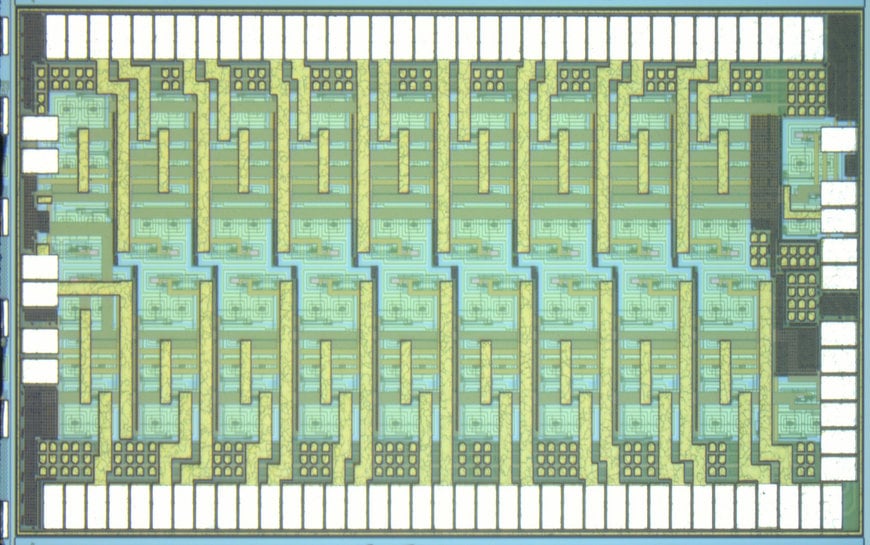UC San Diego and CEA-Leti Scientists Report Breakthrough Microactuator Driving System at ISSCC 2025
‘Design Uniquely Integrates Energy Storage and Voltage Conversion, A New Standard in Efficiency and Autonomy for Small Electromechanical Actuators’.

Researchers at University of California San Diego (UC San Diego) and CEA-Leti has unveiled a groundbreaking microactuator driving system, combining innovative solid-state battery technology with novel integrated circuit designs for 2-in-1 storage and voltage boost conversion techniques.
Presented in a paper at ISSCC 2025, “An Autonomous and Lightweight Microactuator Driving System Using Flying Solid-State Batteries”, the breakthrough addresses a critical challenge in powering micro-actuators: delivering high voltages (tens to hundreds of volts) efficiently in a lightweight, compact form.
By dividing a solid-state battery – which is already needed in the system – into smaller units and dynamically arranging them, the system achieves high-voltage outputs without traditional bulky components like capacitors or inductors. This results in a highly compact and lightweight design ideal for micro flying robots and embedded medical devices.
“The design uniquely integrates energy storage and voltage conversion, setting a new standard in efficiency and autonomy for small electromechanical actuators. In addition, by leveraging a novel battery matrix, this is the first demonstration of such a system for ultra-low-power, high-voltage applications,” said Gaël Pillonnet, scientific director of CEA-Leti’s Silicon Component Division, and a lead author of the paper.
“Microdrones and microrobotic systems already require a battery, and so it costs us next to nothing to use a solid-state battery, split it up into smaller pieces, and dynamically rearrange the small pieces to generate the voltages we need. This is the smallest and lightest way we could think of to generate the high voltages needed to run these sorts of systems,” said Patrick Mercier, Professor of Electrical and Computer Engineering, co-Director of the Center for Wearable Sensors, and Site Director of the Power Management Integration Center at UC San Diego.
Breakthrough Solid-State Battery Technology
Unlike conventional batteries, which lose energy density when scaled down, the solid-state batteries in this system maintain high energy density even when miniaturized and split into small parts to form a matrix. This enables ultra-lightweight systems with scalable performance. The paper presents a first proof of concept showing up to 56.1V voltage generation capability at up to a few Hz of operating frequency needed by microactuation systems.
The concept has been validated with early commercial solid-state batteries and shows promise for even greater performance using advanced versions developed at CEA-Leti. Extrapolated data indicates that the system can scale down to weights as low as 14mg without sacrificing efficiency, making it a key technology for weight-constrained autonomous robots and small embedded devices for medical applications.
www.leti-cea.com

